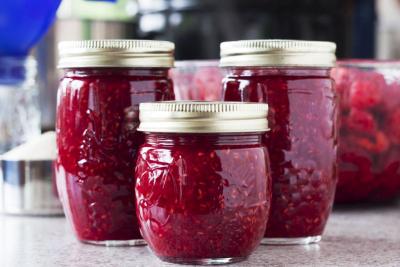California’s Cottage Food Law allows individuals to prepare and sell certain non-potentially hazardous foods. These are foods that do not need refrigeration to stay safe and are unlikely to grow harmful bacteria.
The California Department of Public Health (CDPH) maintains the official list of approved cottage food products [2]. This list may be updated at any time, and changes become effective 30 days after posting on the CDPH website.
Approved Cottage Food Products (as of April 2025):
- Baked goods (no cream, custard, or meat fillings) Examples: breads, biscuits, churros, cookies, pastries, tortillas
- Candy (such as brittle and toffee)
- Extracts with at least 70 proof / 35% food-grade ethanol Example: vanilla extract
- Dried, dehydrated, and freeze-dried foods
- Chocolate-covered nonperishable foods Examples: nuts, dried fruit, pasta
- Frostings, icings, fondants, gum pastes without eggs, cream, or cream cheese
- Products made with meringue powder, powdered eggs, or pasteurized eggs are allowed.
- Honey and sorghum syrup
- No additional ingredients are allowed.
- Fruit butters, preserves, jams, and jellies
- Must comply with 21 CFR Part 150 [3].
- Only ingredients listed in federal standards may be used.
- Products with other ingredients (for example, peppers in “pepper jelly”) cannot be sold as cottage food because they may create unsafe conditions.
- Nuts, nut mixes, and nut butters
- Only roasted or pasteurized nuts are allowed.
- Powdered drink mixes (made from manufactured ingredients)
- These cannot be labeled “protein” drinks since the amount cannot be verified.
- Vinegars and mustards
View the full California Department of Public Health approved list here [2]
Important Note
This list is subject to change. It is your responsibility to check the official CDPH list regularly. Stick to the approved recipes and ingredients to keep your cottage food products safe, legal, and trustworthy.


